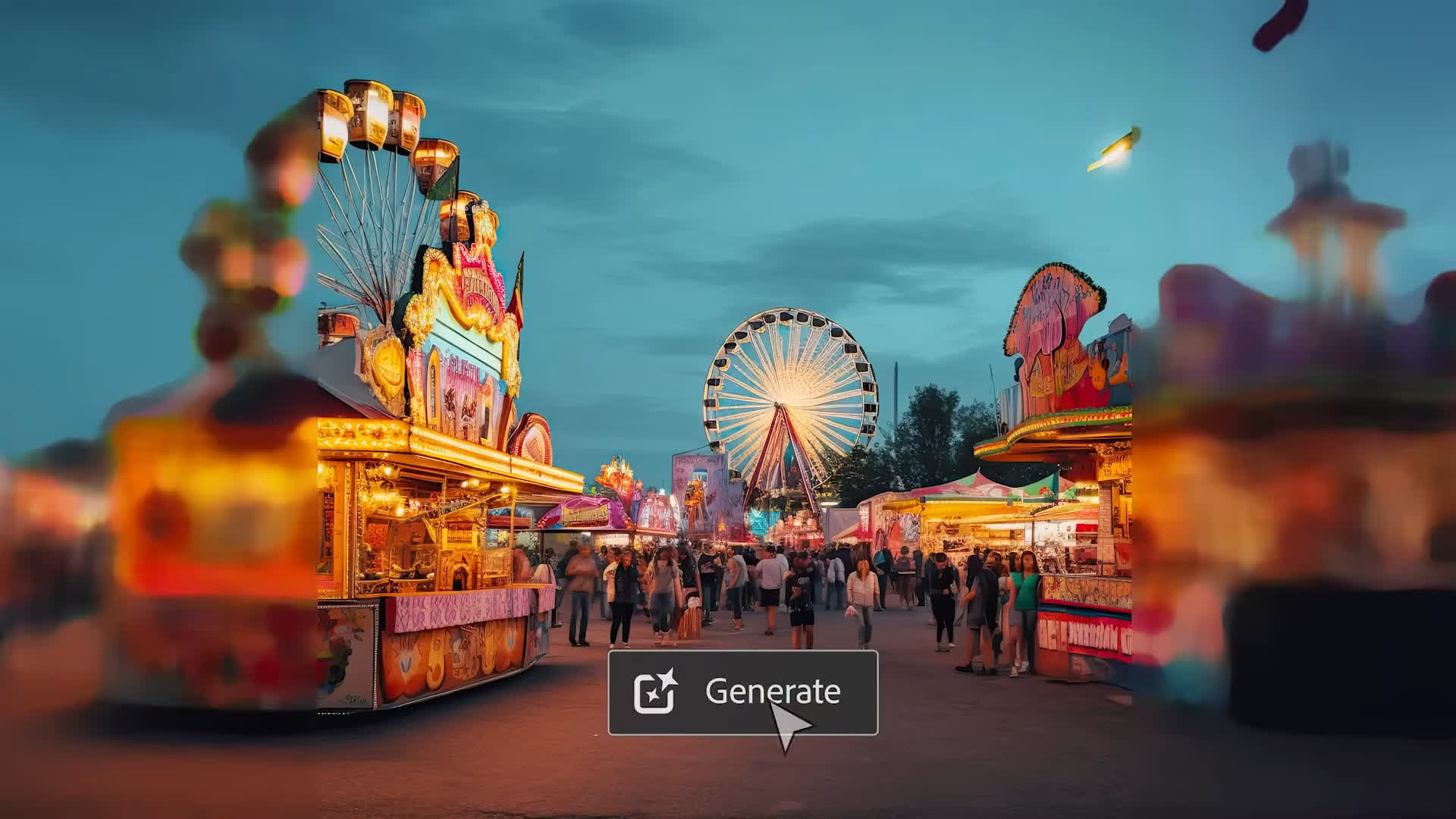Forward-looking: Adobe has gone all-in on AI-based image generation and editing, introducing AI tools across its software stack and perhaps most impressively, doing so in a very timely manner. Ahead of next week's Adobe Max conference, the company is teasing another AI feature that makes altering photos shockingly easy.
Adobe released a short video teasing Project Stardust, an AI-based photo editing engine that identifies individual objects in photos and allows users to manipulate them as if they were discrete Photoshop layers. The company plans to fully disclose the feature and other AI tools at its Max conference next week.
The clip begins with a photo of a woman holding a suitcase. The software instantly recognizes and selects the pixels comprising the suitcase, which would traditionally require slow and careful manual application of a lasso tool. From there, a simple command menu enables a user to move or delete the suitcase and its shadow while keeping the background consistent. Then, highlighting the space around the woman's now empty hand and typing "yellow flowers" into a text prompt inserts a bouquet of yellow flowers, offering multiple AI-generated choices.
Another example shows Stardust altering a man's clothing item-by-item in another photo. A couple of clicks turns his orange jacket into a black leather jacket that properly fits and matches his pose. Another click selects his pants, and a text prompt for "black jeans" generates a matching item on him.
Stardust can also make intelligent adjustments from less precise commands. A button labeled "remove distractors" instantly deletes the blurry people in the distant background of a photo of a couple.
Adobe recently launched a collection of new tools for Photoshop and other products that uses the company's new Firefly AI library. In addition to manipulating objects in images, Firefly enables Photoshop to generate new backgrounds and expand pictures beyond their original borders.
They have also teased Firefly's usefulness in video editing. The software can use text prompts to alter a video's mood, organize storyboards, insert graphics, and more.
In a somewhat similar showcase, Google's recently unveiled Pixel 8 and Pixel 8 Pro phones will also include AI-based image editing features when they launch on October 12. A Magic Eraser lets users cleanly move and delete individual objects in photos, "Best Take" can combine elements from multiple similar photos to change subjects' facial expressions and create an ideal version, and Zoom Enhance tries to do something that's normally only possible in movies.
As multiple tech companies add powerful image manipulation AI into the hands of everyday users, every photo taken may one day enter a Ship of Theseus dilemma.
